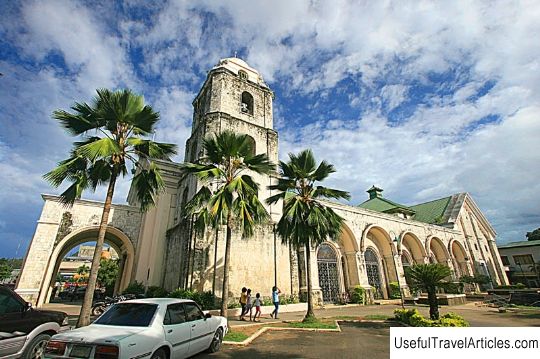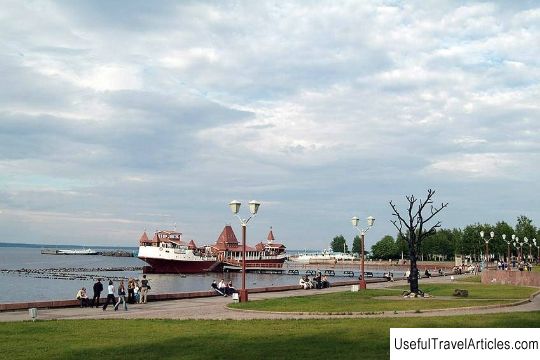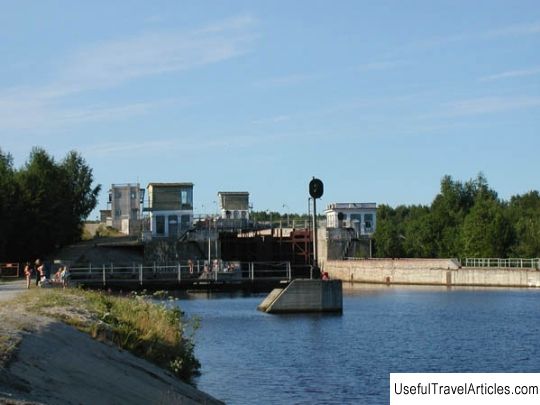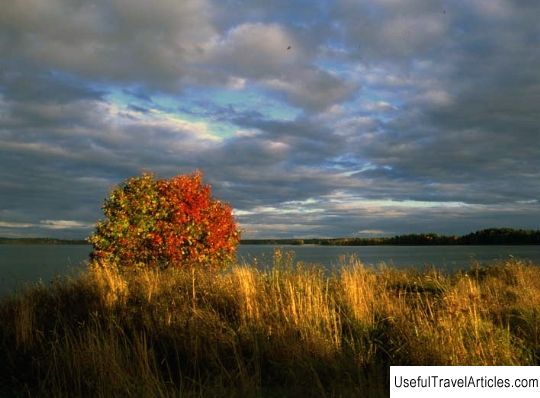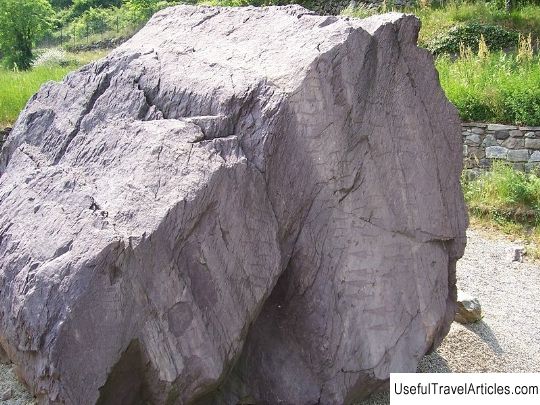Onega petroglyphs description and photos - Russia - Karelia: Pudozhsky district
Rating: 8,4/10 (5890 votes) 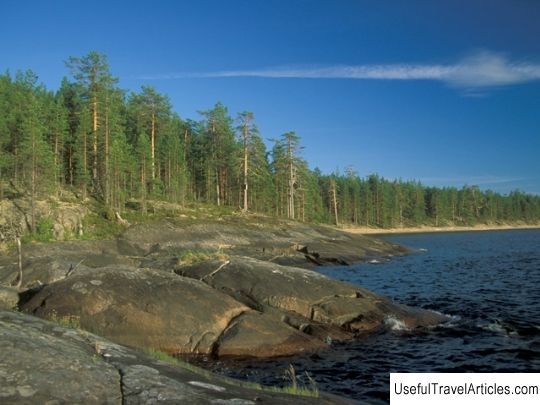
Onega petroglyphs description and photos - Russia - Karelia: Pudozhsky district. Detailed information about the attraction. Description, photos and a map showing the nearest significant objects. Photo and descriptionOnega petroglyphs are located in the Pudozh district, located on the eastern coast of Lake Onega. It is believed that they appeared in the 4th - 2nd millennium BC. The petroglyphs are located in scattered groups on the mountains and rocks of the Besov Nos Peninsula, Guriy Island, Capes Peri Nos, Gagazhiy and Kladovets, as well as on the Kochkovnavolok Peninsula and on the Karelian Nos. The Onega petrographers were discovered in 1848 by a geologist from St. Petersburg, K. Greving. It is believed that the creators of the Onega petrographers were the ancestors of the living Baltic-Finnish peoples. But on the White Sea, the process of creating images took longer and their number was twice as much as on Onego. There are more hieroglyphs on fantastic themes on Lake Onega. The rock sanctuary covers part of the lake shore 20.5 km long, which has about 1200 images, which are most often combined in a composition. Most of the images stand out on the reddish rock, and some of them have microlichen-like coatings, which is why they are not easy to find. The sizes of the figures are in the range from 2 cm to 4 meters. Mostly images of birds, most often swans, forest animals, boats and people prevail. The Onega petroglyphs are represented by both mysterious, fantastic, and original motives. The most famous drawing is the "triad" located on the extremity of the cape called the Besov Nose. "Bes" is a human figure of more than 2 meters in height with spread fingers and disproportionate small legs. Lunar and solar (semicircles and circles with rays-lines), drawings of otters, lizards and catfish. Peri Nos is located in the northern part of Besov Nos, where rock carvings from seven scattered groups are also preserved. A cluster of about 120 figures has been discovered on the Karelian Cape: here the petroglyphs run almost along the entire southern slope. Petroglyphs on the Kochkonavoloksky peninsula are of particular interest. They were discovered in the interval between 1970-1990s and are in the amount of two hundred knockouts, which include a three-meter swan and various scenes of mythological nature and associated with birds, people and boats. A lot of work was done. spent on finding the now widely known Onega petrographers. The famous explorer of petroglyphs Bryusov A.Ya. monitored the surface of the rocks at different times during the summer day. The scientist was able to see a number of subtle images that were only viewed at certain specific hours. Until now, researchers and scientists are finding more and more new drawings, as well as little-known details of previously found images. One of the reasons for such discoveries is the poor preservation of the largest number of rock paintings and figures. Time did not take pity on them, because the embossed part of them darkened especially and often simply merge in texture and color with the surrounding surface of the rocks. And the drawings that are at the very edge of the water have been erased to the greatest extent due to the constant washing of the nearby lake by the waters. Icebreakers worsen the appearance of rock carvings to the greatest extent. The ice hummocks are 5-6 meters high. It happens, that hummocks almost completely tear off large chunks from the rocks and place them in a position where the rocks can collapse. It is not uncommon for rock pieces to simply collide into the water. In those places where the waves do not reach, the drawings are corroded by mosses and lichens. Fissures and cracks in the rocks, a large number of scars and potholes speak to the constant and unceasing destructive force of the elements, which destroys dozens of images. But most of the drawings are still completely preserved or can be photographed without tinting. The clarity of rock carvings depends to the greatest extent on lighting. The best time to view images is an early sunny morning or evening, because oblique rays can make the image more embossed and clearly visible. The sun's rays also create the illusion of movement,        We also recommend reading Razumovsky Palace description and photos - Russia - Saint Petersburg: Saint Petersburg Topic: Onega petroglyphs description and photos - Russia - Karelia: Pudozhsky district. |
